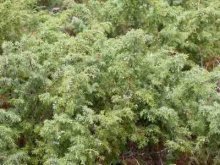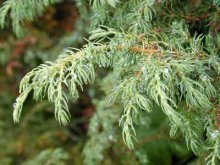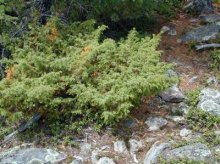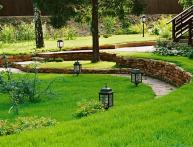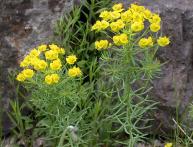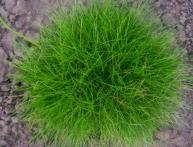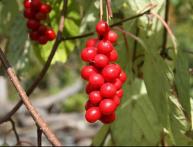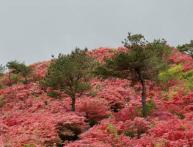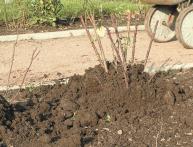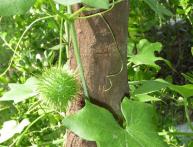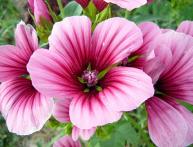Siberian juniper - decoration of a stone hill
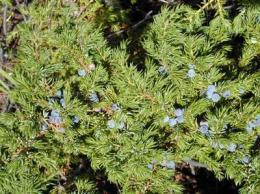
Juniper, which has the Latin name Juniperus, is either a shrub (can be creeping) or a relatively small tree. It belongs to the Cypress family. This is an evergreen plant with needle-shaped or scaly needles.
Its fruits are called coneberries because of the shell, which is formed by fused scales. More than 70 species belong to this genus. These plants also have a varied shape: similar to a narrow candle, with a spreading crown, or even a rug that spreads along the ground. One of the common species is Juniperus sibirica Burgsd, or Siberian juniper.
Content:
- Main characteristics of Siberian juniper
- Where to place juniper
- How to plant juniper in the ground
- How to care for Juniperus sibirica Burgsd
- Reproduction of Siberian juniper
Main characteristics of Siberian juniper
In the wild, it can be found in the mountainous regions of the Caucasus, Central Asia, the Crimean Peninsula, and on the hills of the Far East. Also grows in Siberia, northern Europe, and North America.
Prefers dry, gravelly-stone slopes. Protected in a number of areas.
Its height varies within one meter. It often spreads along the ground. Quite decorative because of the white, bright stripes on the needle-shaped needles. These stripes remain on the upper side of the needles for up to two years. The cone berries are shaped like a ball up to 0.8 cm in diameter, slightly fleshy, and have a bluish coating.

Unpretentious.Frost-resistant. Not very picky about soil: can grow on peat soil and rocky substrate.
Taking into account all these qualities, it is widely used for garden design on alpine slides, when creating groups of low-growing plants.
Where to place juniper
Considering the light-loving nature of this plant, it is better to place the bush in a sunny place. Otherwise, the decorative features of the needles and the shape itself may be lost. It is better if, on the south side, the shadow of other trees falls on the crown of the juniper.
There should be enough space when planting, since branches lying on the surface of the soil take root easily, and the plant covers an increasingly wider area.
Juniper is planted on rocky slides, in groups and in single plantings.
How to plant juniper in the ground
It is preferable to prepare the soil mixture:
- peat - 2 parts;
- turf soil - 1 part;
- sand - 1 part.
The pit is prepared up to 70 cm deep (depending on the coma). A 15-20 centimeter drainage consisting of broken bricks with the addition of sand is required.
Siberian juniper prefers sandy soils.
Juniper is not picky about soil fertility. Between plants, depending on the size, the distance varies from 0.5 m to 1.5 m.
How to care for Juniperus sibirica Burgsd
This plant is unpretentious and stable. It's quite easy to care for. It is necessary to protect it from burning needles in the spring and from fungal diseases. In April-May, 30-40 g/m2 are applied. nitroammoski.
In dry summers it is necessary to water about 2-3 times. Once a week it is good to spray the plant in the evenings. In young plantings, loosening is carried out after watering. Then mulching with sawdust, etc.
Haircut and pruning are mainly expressed in the removal of dry branches and diseased shoots. You don't have to cover it for the winter. The only exception is the first wintering in open ground.
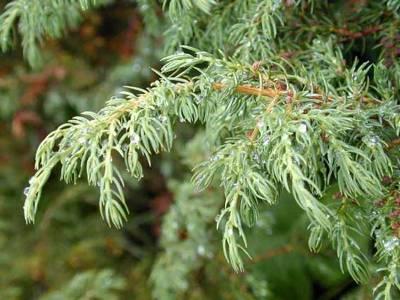
Reproduction of Siberian juniper
For propagation, juniper seeds are most often used. The first shoots appear 1-3 years after planting. To obtain more numerous seedlings, the pericarp is removed from the seeds and the integrity of the cover is partially damaged (scarified).
Sow in furrows. Creeping forms are propagated by layering.
These are very beautiful plants that look especially impressive in the snow in winter.
It is good to plant in groups where there is heather, roses, cereals, etc.

Video: Varieties of juniper
Interesting information about the vegetable garden

